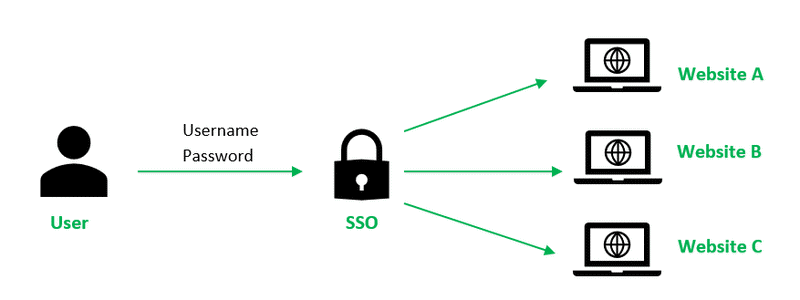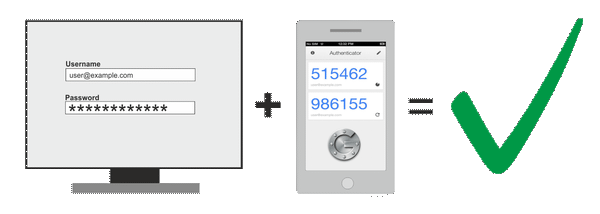
Embracing Single-Sign-On and LDAP for Seamless Authentication
Johannes Zelger is the CTO of Finidy and developer of innovative ESOP software solutions.
- Features , Security
- July 19, 2023
In today’s interconnected world, security and user experience play a pivotal role in software development. With the recent enhancements to Incentrium, we’ve introduced Single Sign-On (SSO) capabilities, supporting both widely used standards, OpenID/OAuth2 and Security Assertion Markup Language (SAML). Additionally, we’ve empowered users with the option to log in via LDAP (Lightweight Directory Access Protocol). In this blog post, we’ll explore the advantages of SSO and LDAP, and how they contribute to a secure and seamless authentication experience for Incentrium users.
The Power of Single Sign-On (SSO)
Single Sign-On revolutionizes the way users access multiple applications by allowing them to log in only once and gain access to all interconnected systems. Here are some key advantages of implementing SSO in Incentrium:
- Simplified User Experience: Users can access Incentrium and other connected applications with a single set of credentials, eliminating the need for remembering and managing multiple passwords. This streamlined experience leads to increased productivity and reduced support requests related to password resets.
- Enhanced Security: SSO reduces the risk of password-related security breaches since users are less likely to reuse passwords across multiple platforms. Additionally, centralized authentication allows for better monitoring and control over access to sensitive information.
- Faster Onboarding and Offboarding: For organizations, SSO simplifies the onboarding process for new employees, as they gain immediate access to all authorized systems. When employees leave the organization, disabling their SSO access ensures a swift and comprehensive offboarding process.
- Cross-Domain Access: With SSO in place, users can seamlessly switch between different applications and domains, promoting a cohesive user experience and improving overall efficiency.
Leveraging LDAP for Incentrium
LDAP serves as a valuable addition to Incentrium’s authentication options. While LDAP does not provide the same comfort as SSO, in many organisations it is the only option available, which is why we decided to support it with Incentrium. LDAP comes with key benefits which can enhance user management:
- Centralized User Directory: LDAP provides a centralized and hierarchical user directory, making it easier to manage user accounts and access permissions. This allows Incentrium to interact with existing LDAP directories within an organization, eliminating the need for separate user databases.
- Robust Security Features: LDAP supports various authentication mechanisms and encryption protocols, ensuring secure data transmission and safeguarding user credentials from potential threats.
- Integration with Existing Systems: Many organizations already utilize LDAP for user authentication across various applications. By incorporating LDAP into Incentrium, we make it easier for users to access the software using familiar credentials.
Conclusion
By embracing SSO with support for OpenID/OAuth2 and SAML, and integrating LDAP into Incentrium’s authentication process, we’ve enhanced security, improved user experience, and streamlined user management. These additions align with our commitment to provide our users with a robust and user-friendly platform. Whether it’s reducing password fatigue, improving security measures, or simplifying user management, the advantages of SSO and LDAP empower Incentrium to meet the diverse needs of modern organizations efficiently. As we continue to prioritize innovation and user satisfaction, the integration of SSO and LDAP is a significant step forward in our journey to deliver a seamless and secure software experience for all Incentrium users.

